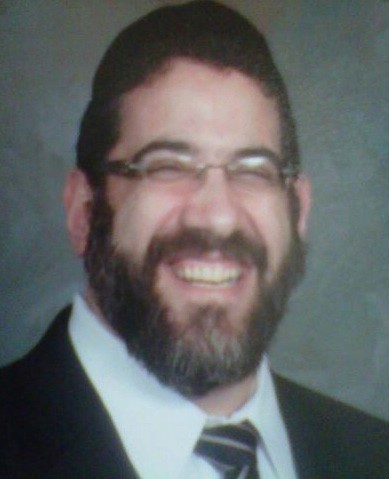Pesach’s master tailor: Customizing each lesson
Each child receives an answer tailored to the uniqueness of that child.
Regarding the wonders and miracles Hashem performed in Mitzrayim, Parshas Bo states: “U’lmaan tesaper b’aznei bincha u’ven bincha” (“And you shall tell it into the ears of your child and of your child’s child”). (10:2)
The word b’aznei appears to be superfluous; instead of “into the ears of your child,” the pasuk could have just stated, “and you shall tell your child.”
While growing up in Israel, our suits were made by Mr. Shtringer, a master tailor. My father told me, “Gedaliah, a person can be a great tailor and make the most beautiful suit, but a master tailor makes sure that that suit fits the specific customer exactly and in comfort.”
As I grew older and advanced my career in chinuch (education), my father (himself, a mechanech par excellence) again reminded me of the master tailor, Mr. Shtringer, and his excellent fitting process. My father explained that in education and teaching not one suit fits all, that each child needs to be measured and fitted to their specific form, and that a lesson, like a garment, can be beautiful by itself, but it must “suit” the student for whom it’s been prepared. As Shlomo Ha’melech taught us, chanoch L’naar Al pi darko (educate each child according to his or her own way).
In considering why the Torah specifically directs b’aznei bincha, (into the ears of your child), I suggest it is teaching us an important lesson: That parents and educators must tell and teach the story of Pesach, in a way that enables each child to hear the message on their personal level of comprehension. The responsibility of educational process lies not on the child having to learn but rather on the parent having to teach — V’hegadita L’bincha — and to teach in a manner that is “suited” for each child, and that is geared to the ear of each child individually.
I would venture even further, noting that the trop (cantillation) atop on top the words b’aznei bincha (into the ears of your child) is a kadma v’azlah, which has the shape of a parentheses. Kadma means to give and azlah to receive (Perush HaGra on “V’nasnu” Parshas Ki Tisa). Thus the trop, by both its shape and literal meaning, enhances and emphasizes the words that direct us that whatever we teach our children and our students, they must be able to understand, absorb and repeat back as well.
We find this message as well in the Haggadah, where the narrative enforces that “the Torah speaks of the Four Sons” — which is to say four unique and different children. These include the wise child, the wicked child, the simple child, and the child who doesn’t even know where to begin, or care to ask.
Each child expresses their curiosity in a different way, and thus each child receives an answer to his ear with the same message but tailored to the uniqueness of that child.
Arriving with my father to the tailor shop to pick up our perfectly fitted suits, I stood in front of the mirror smiling from ear to ear as I saw the reflection of a young boy handsomely dressed in a beautiful custom fitted suit, ready for Yom Tov, suddenly extremely appreciative of all those fittings which earlier I thought to be needless.
The Yom Tov of Pesach is a time when families gather around the Seder table, children ask questions beginning with the Ma Nishtana, and parents must answer. Let us take the time to prepare and review the answers in a way which are tailor-made for each child, so that each child will want to participate and understand the great miracle of Yiziat Mitzrayim, the Exodus from Egypt.
May we all merit to see the day when each of our ears will hear the coming of Moshiach and we can gather together eating the Korban Pesach, with the coming of Moshiach b’mhaira b’yameinu, Amen!
Rabbi Gedaliah Oppen is principal of Judaic Studies at HAFTR and rabbinic associate at Congregation Beth Sholom in Lawrence.

 54.0°,
Mostly Cloudy
54.0°,
Mostly Cloudy 




